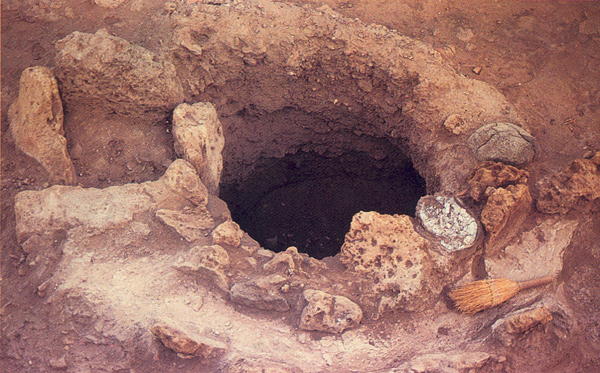Image Details

Leonard Lanigan, courtesy of Ephraim Stern
“Their clothing is blue and purple,” Jeremiah says of the idols created by foreign nations (Jeremiah 10:9). As early as 2000 B.C.E., Phoenicians traded in fabrics dyed with the highly-prized royal purple pigment derived from murex mollusks growing on rocks along the eastern Mediterranean coast. This pit containing crushed shells and purple-stained soil, part of a dying installation, was discovered at Dor on the Mediterranean coast. So valuable was the dye that the names “Phoenicia” (probably from the Greek phoinos, dark red) and “Canaan” (probably from the Akkadian kinahhu, red-purple) are associated with the purple color. Although Jeremiah condemns idol-worship, he still praises the “skilled workers” who made the blue-purple clothing draped over idol statues (Jeremiah 10:9).
